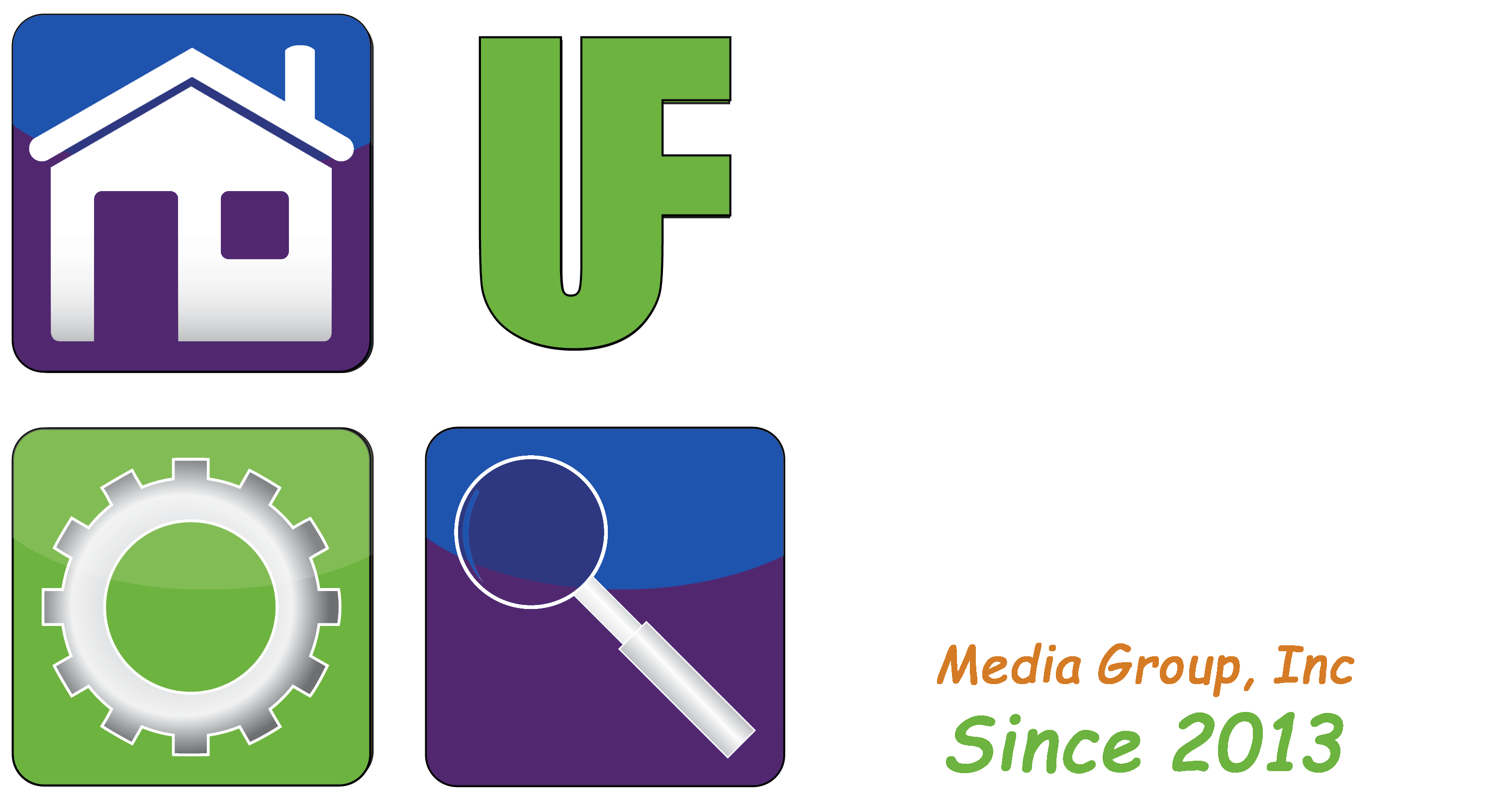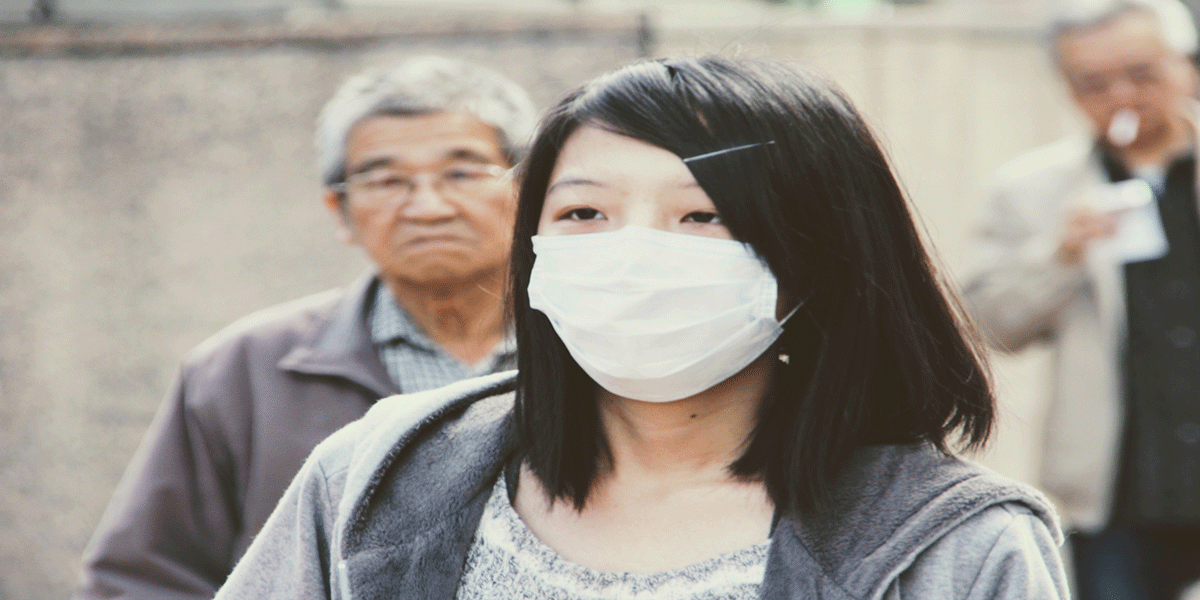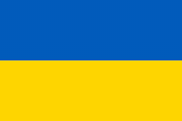ISSUE: Face masks no longer block facial recognition.
The Coronavirus is causing an unexpected change in technology. This is related to facial recognition systems used throughout China and the rest of the world.
Facial recognition depends on its ability to “see” the target and have accurate data to compare the image against. Obstructions like masks, clothing, and even glasses have caused these systems not to be accurate. This is changing as the system is evolving.
Privacy is changing whether we like it or not. The technologies used behind these systems will make their way into other surveillance worldwide.
DIG DEEPER:
NEC (Nippon Electric Company) is a large corporate developer of facial recognition systems. They define their facial recognition technology as follows:
“NEC’s biometric face recognition technology is used worldwide for fighting crime, preventing fraud, securing public safety, and improving customer experience across a vast range of locations and industries.
Why? Because independent NIST testing has repeatedly confirmed NEC’s NeoFace recognition and matching capability as the world’s fastest and most accurate across all benchmarks and challenging conditions.
It stems from over Half-century of biometric technology expertise. It couples recognition with real-time identification, verification and situation analysis for quick decision-making, preemptive security, and smoother services. Installed in over 1,000 major systems in more than 70 countries and regions worldwide, it boasts a stellar track record and wealth of practical experience.
And finally, as the long-reputed industry leader, our face recognition solutions are also designed to offer solid protection for the public without encroaching on their privacy, freedoms or human rights.” (NEC.COM)
The accuracy of facial recognition is being questioned and many law enforcement agencies and various jurisdictions have banned its use publicly. This doesn’t affect private systems, like the ones many of us have in our homes and businesses. I give you this challenge – go for a walk in your neighborhood or local shopping plaza. Count how many cameras you can see. This can include regular security cameras, doorbell cameras, home surveillance systems, traffic cameras and more.
Most of these systems work by sending the video information they capture to a server on the Internet. This data is then saved and can be analyzed by facial recognition systems. Consider the number of cameras there are out there, combined with the ability to “see through” masks, and then think about the potential effects on erosion privacy. The ramifications are clear. The idea of “Big Brother” watching you is becoming a reality.
William (Bill) Sikkens has been an on-air technology expert since 2014. With an expertise in I.T., cyber security and software design he has had more than 20 years’ experience with advanced technology. Sikkens conceptualizes and designs custom applications for many professional industries from health care to banking and has the ability to explain the details in a way all can understand. Article edited by Gretchen Winkler, who along with Jeremy Winkler are the co-hosts of User Friendly 2.0 here on The Answer Saturday’s at 5:00 p.m.
Links and brand/store information provided are for information only and are not endorsed by Salem Media Group, KPAM or the shows hosts
Got a technology question or comment for Bill? Follow him on Twitter @sikkensw


